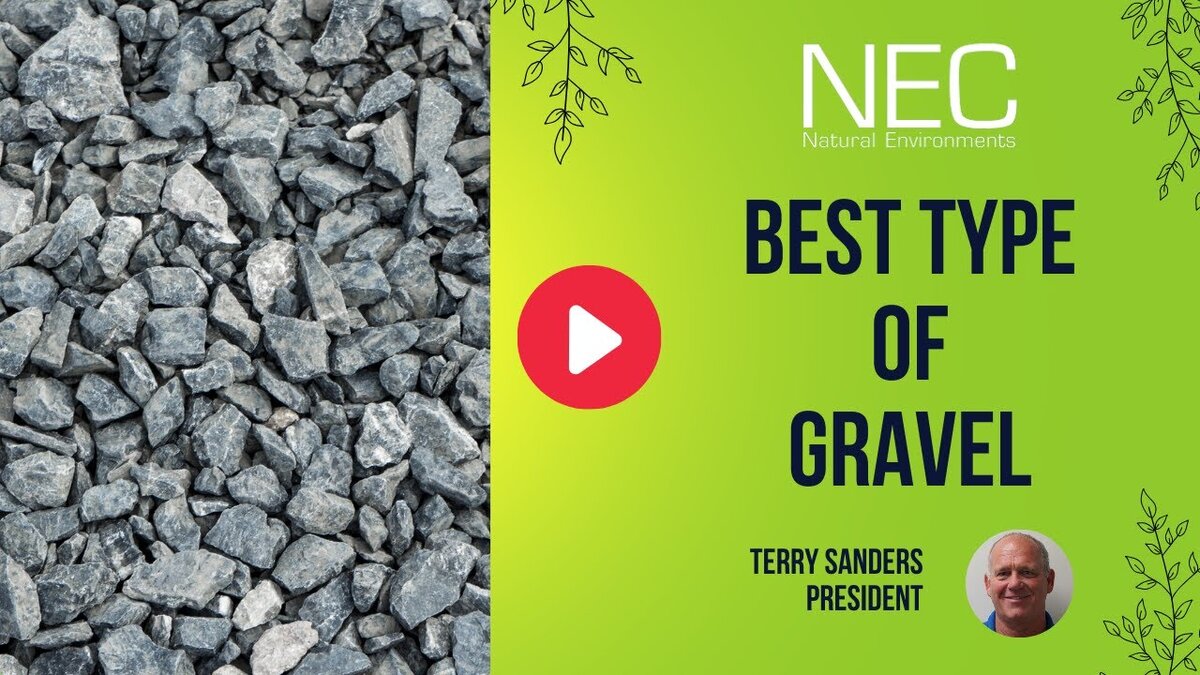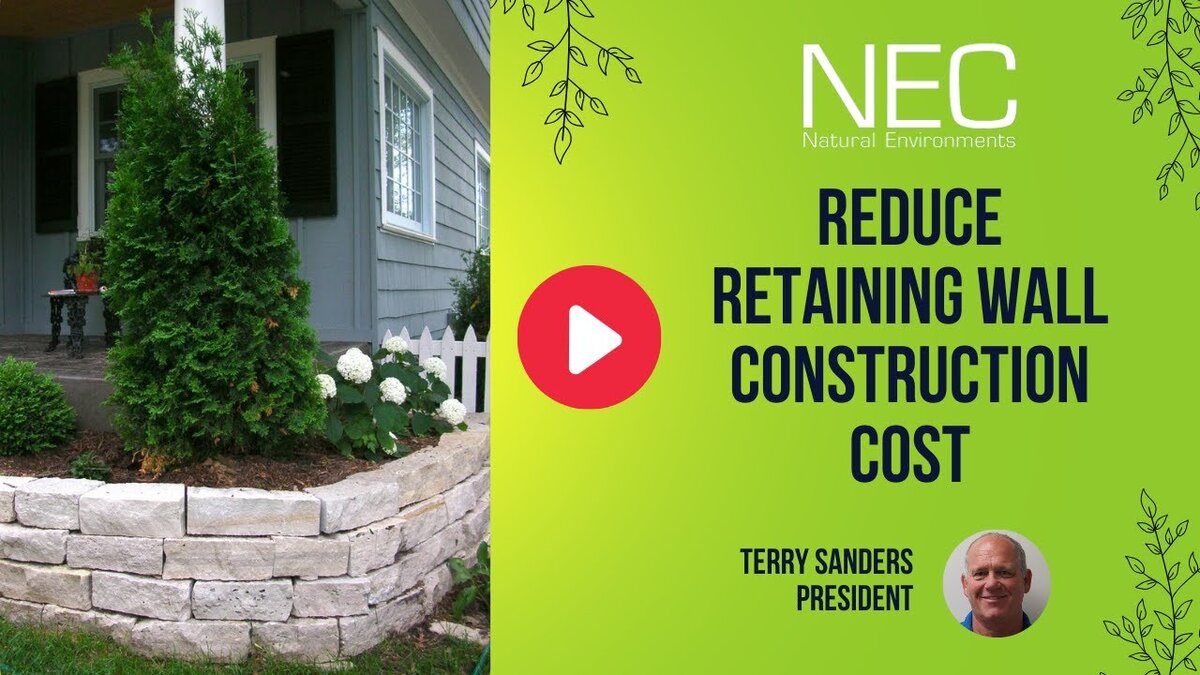Retaining wall construction can be a substantial financial investment, especially when dealing with large-scale landscapes or unstable terrains. However, with smart planning and strategic choices, it is possible to significantly reduce the costs associated with building a retaining wall. In this blog, we explore various cost-effective strategies for retaining wall construction, ensuring that you achieve both economic efficiency and structural integrity.
Choosing the Right Location to Minimize Excavation Costs
Strategic Site Selection
One of the first steps in economically retaining wall construction is selecting the optimal location. The location of the wall greatly affects the amount of soil that needs to be excavated and possibly removed from the site. By choosing a site that requires minimal earth-moving, you can significantly cut down on labor and transportation costs. For instance, positioning the wall in a place where the landscape naturally supports the desired wall alignment can reduce the need for additional soil management.
Assessing Soil Stability and Requirements
Understanding the soil type and stability in the chosen location is crucial. Sites with stable soil that can support the structure without extensive modification are more cost-effective. This means a thorough soil assessment should be a priority to avoid unexpected complications and additional expenses later in the project.
Material Selection to Control Budget
Cost Differences in Materials
The choice of materials plays a vital role in the economics of retaining wall construction. Some materials, such as poured concrete, might offer longevity but come with higher initial costs. Alternatively, materials like timber or interlocking concrete blocks can provide cost savings and easier installation. It is essential to evaluate the trade-offs between cost, durability, and the aesthetic qualities of different materials to find the most suitable option for your project.
Using Recycled or Locally Sourced Materials
Incorporating recycled materials or those sourced locally can further reduce the costs. These materials often come at a lower price and reduce transportation expenses, which can be substantial. Furthermore, using environmentally friendly materials can also enhance the project’s sustainability profile, making it a win-win situation.
Optimizing Structural Dimensions to Reduce Expenses
Controlling the Height of the Wall
Adjusting the height of the retaining wall can lead to significant cost savings. In scenarios where it’s feasible, reducing the height of the wall while allowing for a gentle slope can decrease the amount of materials needed and thus the overall expenses. This approach involves balancing structural needs with cost constraints, ensuring the wall fulfills its functional requirements without unnecessary expenditures.
Managing the Length of the Wall
Similarly, reconsidering the length of the wall can control construction costs. It may be possible to shorten the wall and allow the terrain to naturally slope in less critical areas. This can substantially lower the materials required and, consequently, the cost. Planning the wall to be as compact as possible without compromising on essential functionality can result in efficient use of resources and reduced expenses.
Conclusion

There are indeed multiple ways to reduce costs in retaining wall construction. Through careful planning, strategic selection of materials, and optimization of the wall’s dimensions, it is possible to build a cost-effective and sturdy retaining wall. Each decision from the location to the length and material choice can have a substantial impact on the project’s overall cost. With these strategies, you can achieve an economical yet reliable retaining wall that meets your specific needs. For more tailored advice or to discuss your specific project, please do not hesitate to contact Natural Environments Corporation today for more information.



